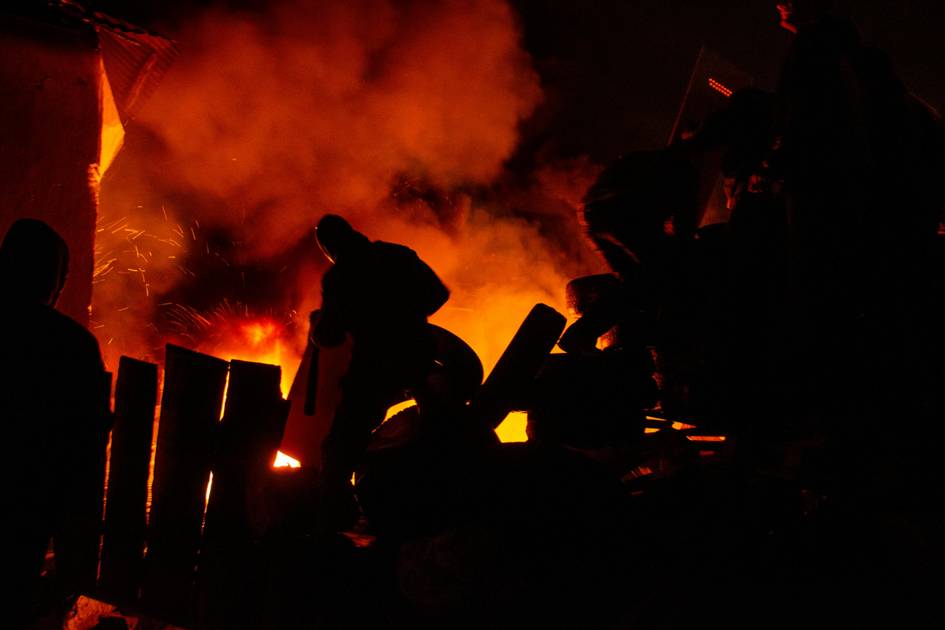In the long history of California’s relationship with wildfire, perhaps nothing captures the human toll quite like the destruction of beloved local businesses – those carefully curated spaces that form the backbone of community identity. The ongoing devastation in Pacific Palisades, Malibu and greater Los Angeles brings this truth into sharp focus, particularly with the loss of Elyse Walker’s flagship store, a fashion institution that has helped launch countless designers’ careers.
As someone whose own label, U Clothing, found its early home within Walker’s carefully curated racks alongside established luxury brands, I’ve witnessed firsthand how these spaces serve as more than mere retail establishments. They are incubators of creativity, launching pads for emerging talent, and threads in the fabric of Los Angeles’s fashion ecosystem.
The story of U Clothing weaves through the heart of Los Angeles’s garment district, where a small factory that crafted James Perse’s signature t-shirts also brought our designs to life. From these downtown workrooms to the shop floors of Ron Herman and London’s Harrods, our journey exemplified the delicate ecosystem of relationships that has long defined Los Angeles fashion. It’s a distinctly Californian alchemy – this blend of local craftsmanship, luxury retail, and emerging design talent – that transforms LA’s garment industry into global fashion currency.
LA’s global fashion currency
This interconnectedness makes the impact of natural disasters particularly profound. When a store like Elyse Walker’s burns, we lose more than inventory and architecture. We lose a piece of fashion history, a showcase for emerging talent, and a space where careers were launched and dreams were realized.
But if California’s history teaches us anything, it’s that resilience is as much a part of the state’s character as the wildfires themselves. The fashion industry in Los Angeles has weathered numerous challenges – from economic downturns to global pandemics – emerging each time with renewed creativity and determination.
This pattern of destruction and renewal is deeply woven into California’s narrative. The state’s relationship with fire is as old as its ancient redwoods, and the cycle of rebuilding is equally ingrained in its culture. What changes is not the fact of rebuilding, but how we rebuild – each time with greater wisdom, stronger safeguards, and deeper appreciation for what was lost.
For retailers like Elyse Walker, who helped shape the luxury retail landscape of Los Angeles, the path forward will be challenging. Yet, their role in the community – as curators, mentors, and tastemakers – makes their resurrection essential to the city’s cultural recovery.
The loss of these spaces reminds us that fashion retail at its best is about more than commerce – it’s about community, creativity, and connection. As Los Angeles once again faces the task of rebuilding, we must remember that these local businesses are not just economic assets but cultural landmarks worth protecting and preserving.
In California, we often speak of earthquakes as the big risk, but fire has proven equally transformative to our urban landscape. The Phoenix rising from the ashes is not just a metaphor here – it’s a recurring reality, one that tests our resilience while affirming our capacity to rebuild, reinvent, and carry forward the essential character of our communities.
The next chapter for Los Angeles’s retail landscape is yet to be written, but if history is any guide, it will be a story of determination, innovation, and renewal – qualities that have always defined both California’s fashion industry and its response to natural disasters.







